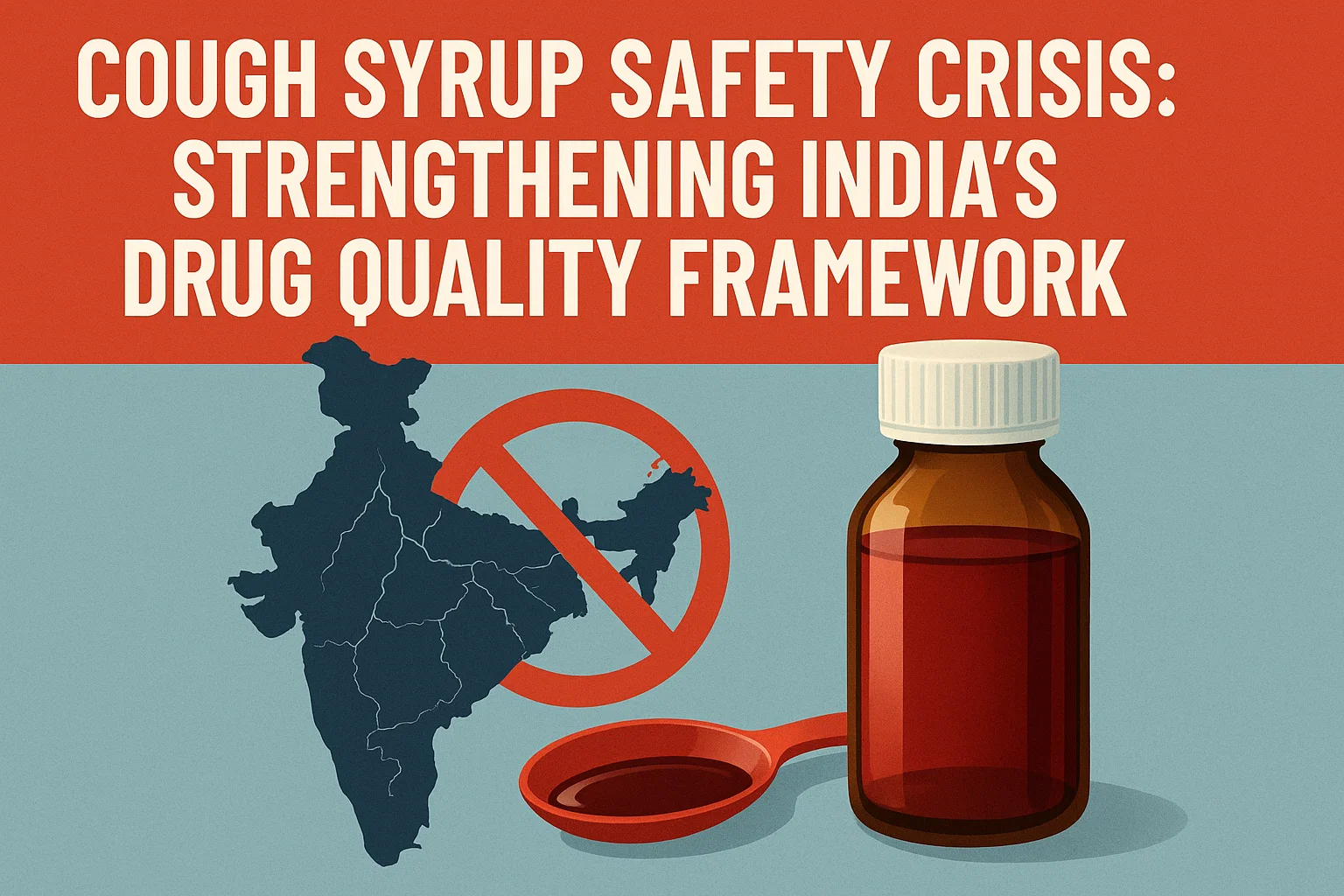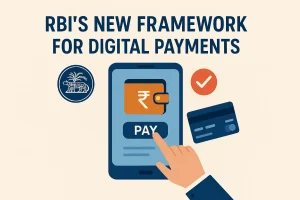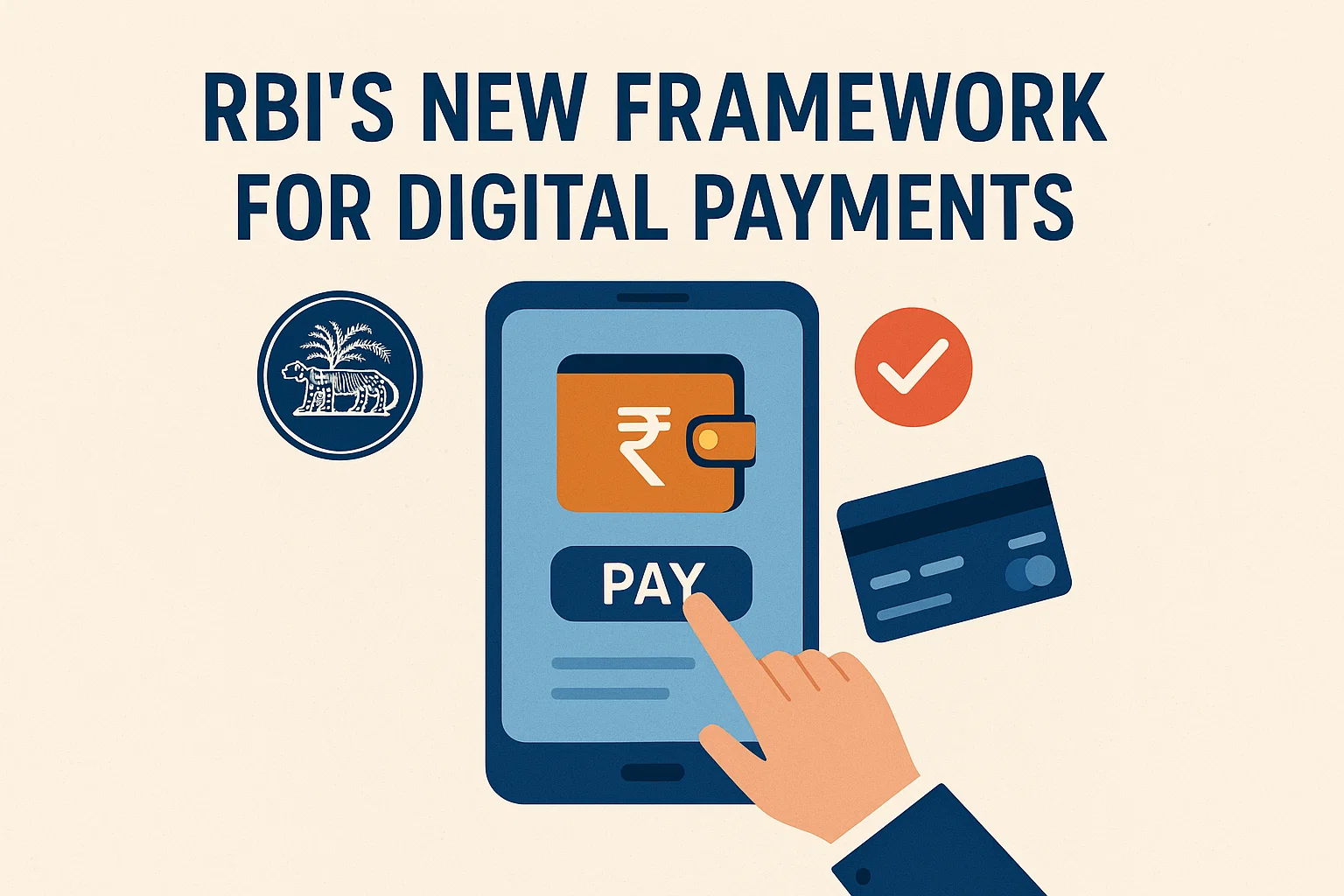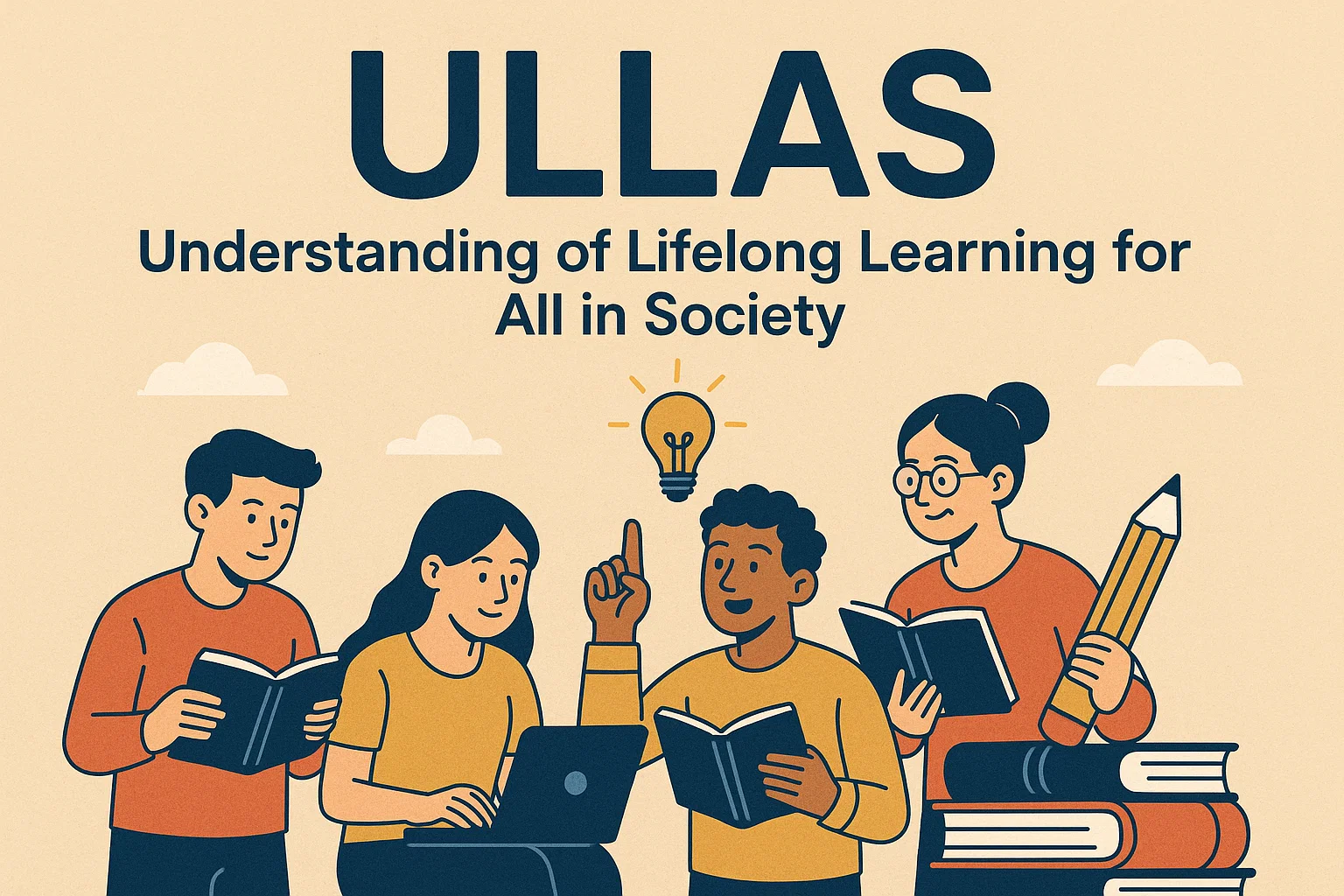Cough Syrup Safety Crisis: Strengthening India’s Drug Quality Framework
Explore India’s response to the cough syrup safety crisis—analysing causes like toxic contamination, weak manufacturing, and regulatory lapses, and the reforms to ensure safer medicines and global trust.
Context
The recent deaths in Chhindwara, Madhya Pradesh, and earlier fatalities in The Gambia (2022) have once again drawn attention to the urgent need for robust drug quality assurance in India. These incidents have revealed deep flaws in manufacturing standards, regulatory coordination, and clinical practices, particularly concerning paediatric cough syrups.
What Explains the Fatal Incidents Connected to Cough Syrups?
1. Toxic Contaminants: Diethylene Glycol (DEG) and Ethylene Glycol (EG)
Both are industrial-grade solvents sometimes used as cheaper substitutes for pharmaceutical-grade glycerin or propylene glycol. These chemicals are highly toxic — ingestion can cause acute kidney injury, central nervous system depression, metabolic acidosis, and death. Children are particularly vulnerable due to their smaller body weight and developing physiology.
2. Poor Manufacturing Practices
Many small-scale pharmaceutical units fail to test raw materials and finished products adequately. Non-compliance with Good Manufacturing Practices (GMP) under Schedule M of the Drugs and Cosmetics Rules has been a recurring issue. The absence of proper documentation, weak internal quality control, and poor batch traceability make it difficult to detect and prevent contamination.
3. Regulatory Oversight Gaps
Fragmented coordination between state drug controllers and the Central Drugs Standard Control Organisation (CDSCO) has limited the efficacy of surveillance. Inspections are infrequent, and risk-based monitoring is underdeveloped. Furthermore, India lacks a robust real-time pharmacovigilance system, leading to delayed responses to adverse drug events.
4. Irrational Drug Combinations
Many over-the-counter cough syrups contain unnecessary combinations of active ingredients — antihistamines, bronchodilators, and decongestants — without clinical justification. In children, such mixtures increase the risk of overdose and adverse interactions. The World Health Organisation (WHO) has repeatedly warned against such irrational formulations.
5. Supply Chain Vulnerabilities
A major weak point lies in the unverified sourcing of excipients like glycerin. Without mandatory testing certificates for imported or domestic raw materials, substandard inputs can easily enter the manufacturing process. Poor storage and distribution conditions further compromise product safety before they reach consumers.
What Measures Are Required to Prevent Such Incidents?
The Indian government has adopted a comprehensive response to restore confidence in domestic pharmaceutical quality and strengthen public health safeguards.
1. Enforcement of Revised Schedule M (GMP Standards)
All pharmaceutical units are now required to comply with upgraded infrastructure, hygiene, and testing protocols. Risk-Based Inspections (RBI) have commenced across 19 units in six states to identify systemic lapses and enforce compliance with global manufacturing norms.
2. Regulatory Action and Penalties
Following the Chhindwara incident, the manufacturing licence of the Tamil Nadu-based producer of “Coldrif” was revoked, and criminal proceedings were initiated. This demonstrates a renewed zero-tolerance approach towards negligence and non-compliance.
3. Rational Use of Cough Syrups
The Directorate General of Health Services (DGHS) has advised that most childhood coughs are self-limiting and do not require pharmacological treatment. The government is developing new guidelines for doctors, pharmacists, and parents to prevent over-prescription and irrational use.
4. Enhanced Surveillance Systems
The Integrated Disease Surveillance Programme (IDSP-IHIP) and National Joint Outbreak Response Team (comprising NCDC, ICMR, and CDSCO experts) have been activated to ensure early detection and rapid response to unusual health events linked to drug consumption.
5. Industry Support for GMP Upgradation
Through the Revamped Pharmaceuticals Technology Upgradation Assistance Scheme (RPTUAS), pharmaceutical firms can now access financial assistance to modernise facilities and enhance testing capabilities, ensuring long-term compliance with safety standards.
What Regulatory Bodies Are Responsible for Oversight?
Central Drugs Standard Control Organisation (CDSCO):
India’s apex national drug regulator responsible for drug approval, licensing, import/export, and coordination with state authorities.
State Drug Control Administrations:
Monitor manufacturing, storage, and sale of drugs within their jurisdictions and ensure local compliance with national regulations.
National Centre for Disease Control (NCDC) and National Institute of Virology (NIV):
Provide laboratory and epidemiological support during investigations of outbreaks linked to contaminated drugs.
Department of Pharmaceuticals (DoP):
Oversees industrial standards, technology upgradation, and pricing. It collaborates with the Anusandhan National Research Foundation (ANRF) and other R&D institutions to promote safer drug design and analytical testing frameworks.
Conclusion
India, often hailed as the “pharmacy of the world”, supplies affordable medicines to more than 200 countries. However, recurring quality lapses have damaged global confidence, leading to WHO alerts, export bans, and diplomatic strain, particularly in low- and middle-income countries that rely heavily on Indian generics.
The cough syrup safety crisis underscores the urgent need for a robust regulatory ecosystem, stringent quality assurance, and transparent global engagement. Strengthening pharmacovigilance, empowering regulators, and promoting responsible clinical practices are essential to protect lives and preserve India’s reputation as a trusted global pharmaceutical supplier.
Subscribe to our Youtube Channel for more Valuable Content – TheStudyias
Download the App to Subscribe to our Courses – Thestudyias
The Source’s Authority and Ownership of the Article is Claimed By THE STUDY IAS BY MANIKANT SINGH



